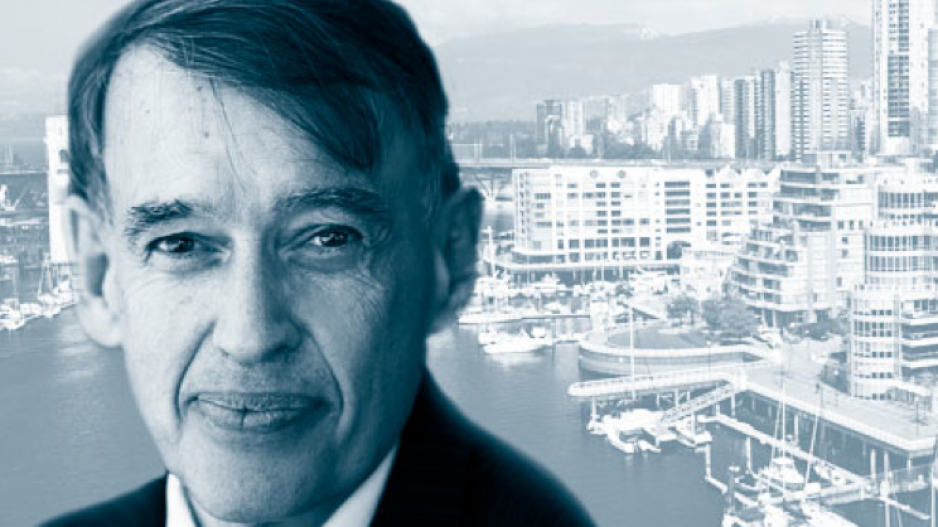Governments like to brag. It’s part of their DNA.
So it shouldn’t come as much of a surprise that the B.C. government wants to highlight the fact that it has completed close to 24,000 new units of affordable housing since 2001.
What comes as a shock, however, is what they said five years earlier: “In the 10 years since 2001 the government has committed to creating nearly 21,400 new units of housing.”
A difference of only 2,600 units in the last five years.
Between 2011 and 2016, B.C.’s population grew by more than 250,000, roughly 100,000 new households.
The government’s latest effort to address B.C.’s affordable housing crisis amounts to little more than a drop in the bucket.
In November, Premier Christy Clark announced a $516 million commitment to help build 2,897 new units of affordable housing – an average of $178,115 per unit – in 68 projects across B.C.
Somehow they believe that’s sufficient to have an impact on the province’s vacancy rate of 1.3% and average rent of $1,099 per month.
By the time the 2,897 units see the light of day, they’ll have been eclipsed by new demand.
And that’s assuming they will all be built.
Something left out of the government’s announcement? Not all of the 68 projects are fully funded.
The Terrace Standard reported that the Ksan House Society’s project still needs a further $5.5 million.
Sixty-eight projects also don’t go very far when you start divvying them up among the regions and competing interest groups.
Here’s how they break out regionally: from Whistler to Chilliwack, 22 projects with 1,441 units; Vancouver Island and the Gulf Islands, 18 projects with 774 units, including 510 in the Capital Regional District; the Coast, eight projects with 172 units; Thompson-Okanagan, nine with 256; Kootenay, five with 86; Cariboo, two with 68; and the North, two with 31.
Of the 19 projects approved for the whole of Metro Vancouver, 869 units are targeted for seniors, 235 of those likely for Asian-Canadians, based on descriptions of four of the projects.
A further 116 units are for low- to moderate income households, 109 are for single mothers and children, 21 are for low-income individuals in the Downtown Eastside and 107 are for mixed projects for singles, seniors and families.
For a sense of the magnitude of the problem in Metro Vancouver, consider that in 2016 the region’s vacancy rate fell to 0.7% and the average rent rose by 6.4% to $1,223.
Want to increase your odds of securing one of the 2,897 units? Move to a riding held by the BC Liberal Party.
Of the 20 projects formally announced so far, all 20 are in Liberal-held ridings.
There’s no doubt that affordable housing for seniors is desperately needed in B.C., but then so is affordable housing for students, people living with disabilities, low-income families, single parents and those just entering the workforce.
When BC Hydro spends $470 million on a temporary Site C work camp for 1,600 workers (an average of $293,750 per unit) – albeit with amenities and housekeeping – chances are the government can find the means to turn what it calls “a historic investment” into an affordable housing plan up to the task.
In the meantime, don’t call the movers any time soon. •
Dermod Travis is executive director of IntegrityBC.




